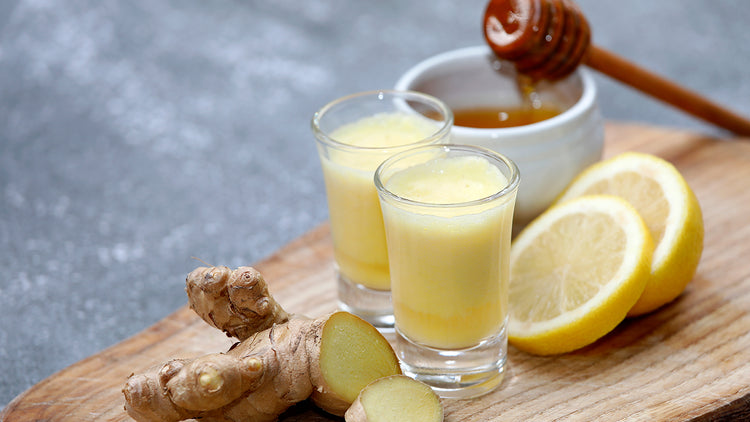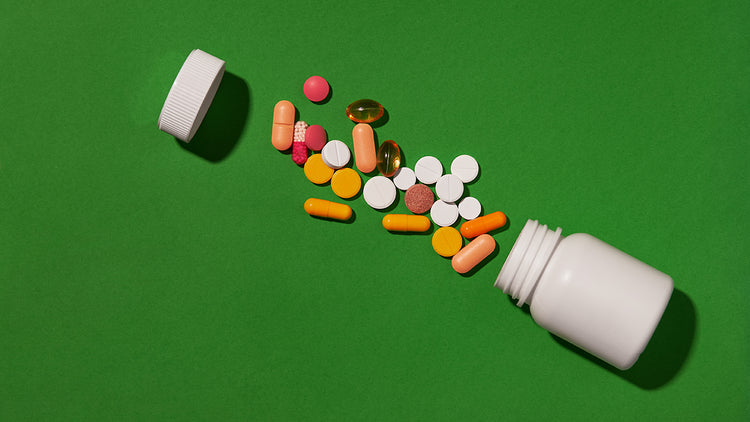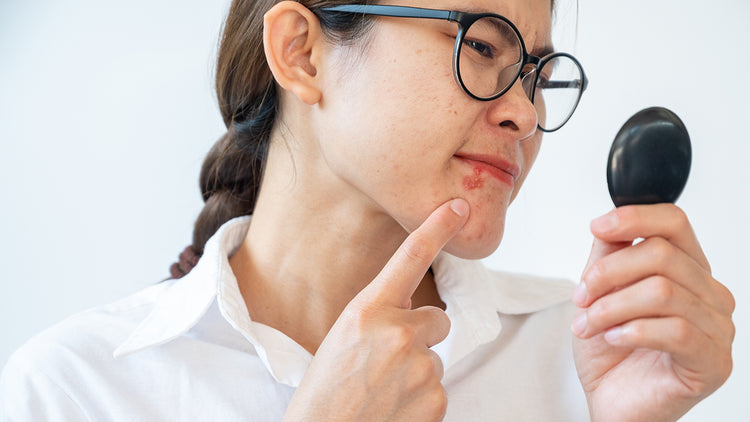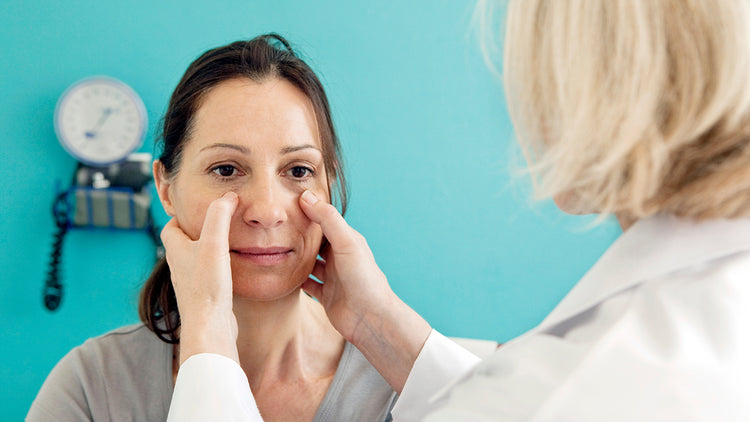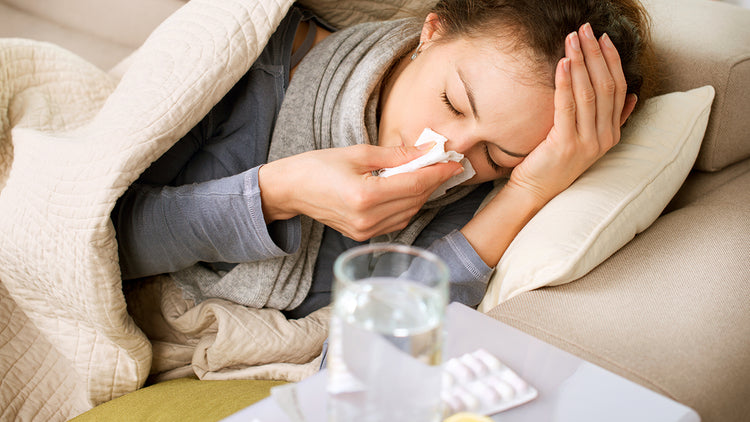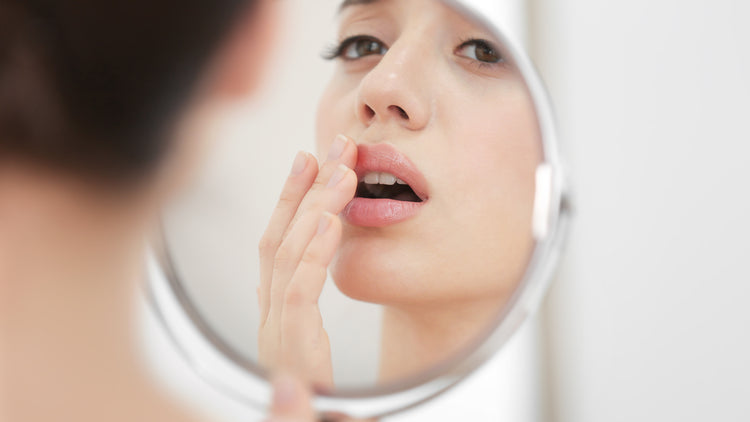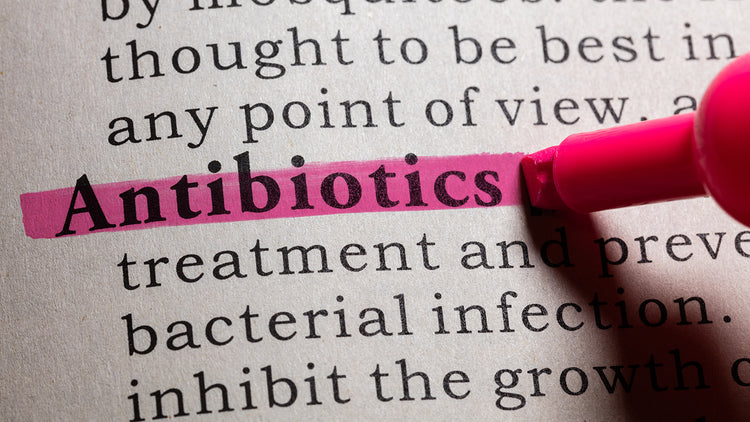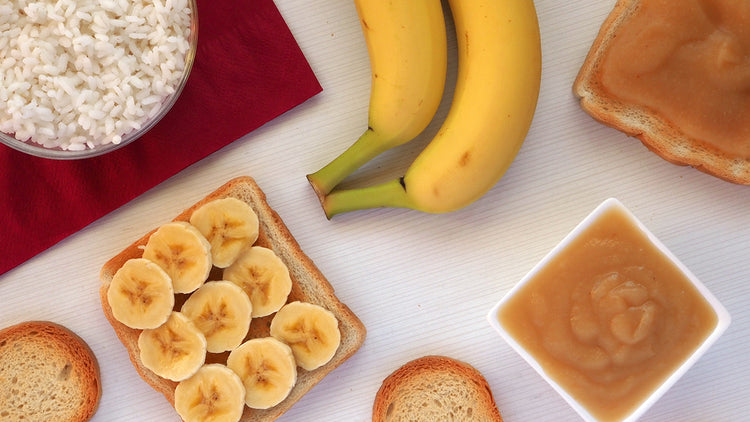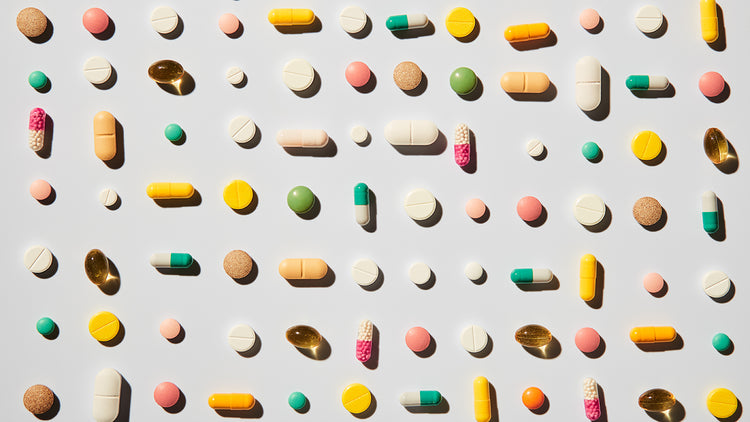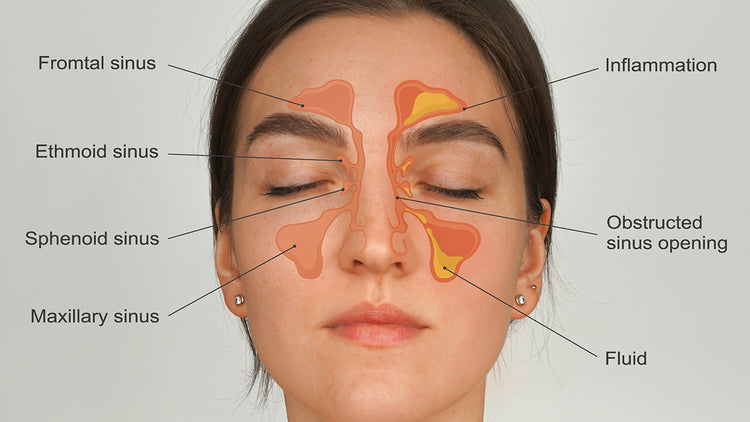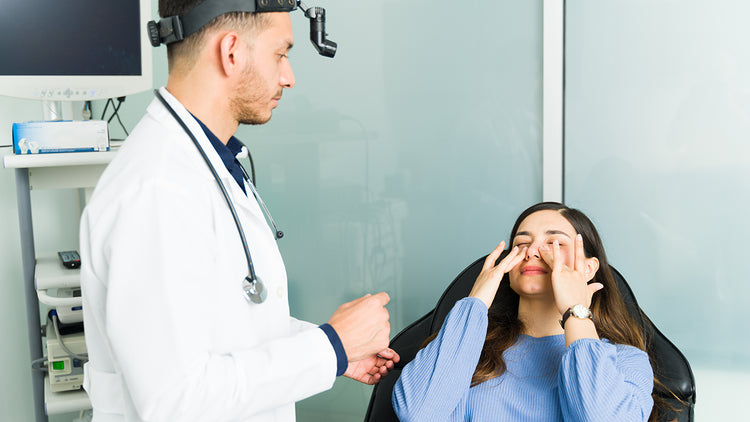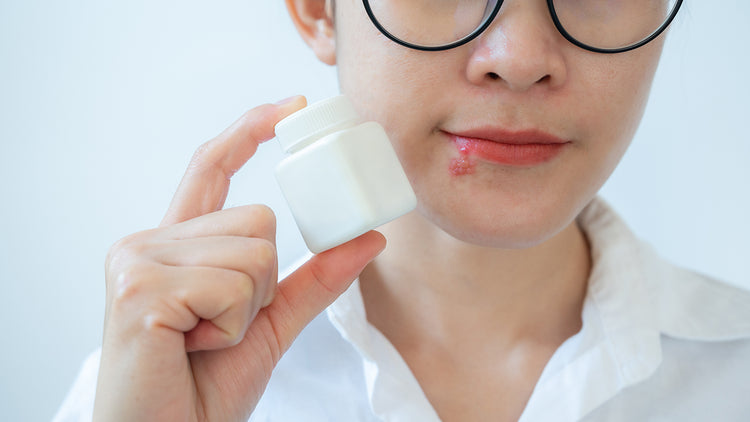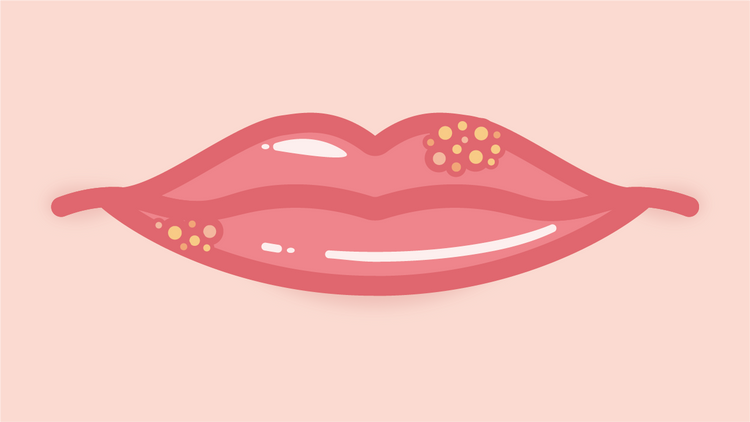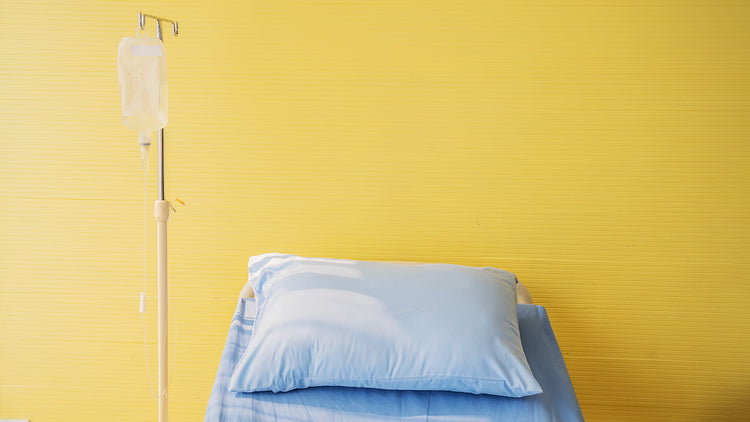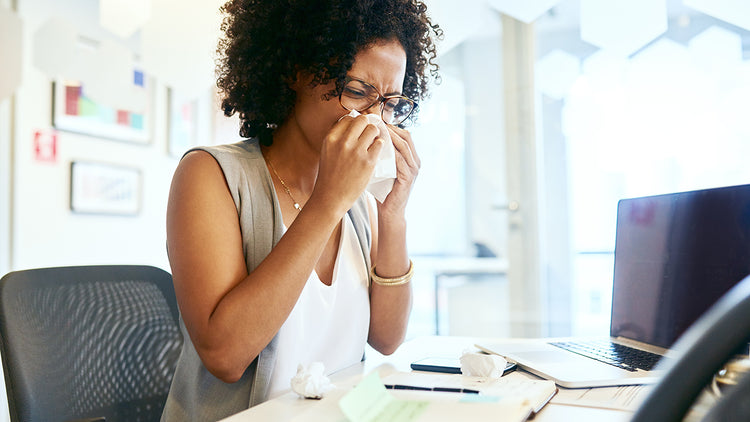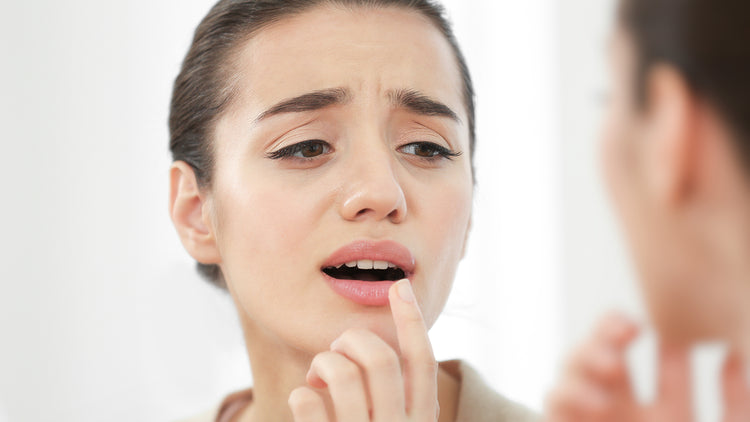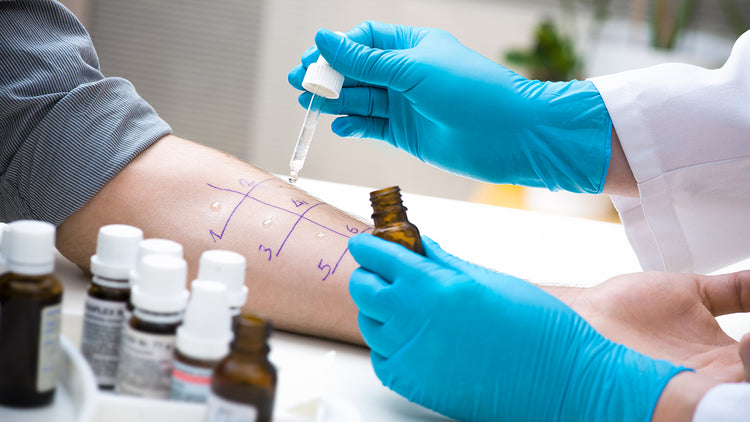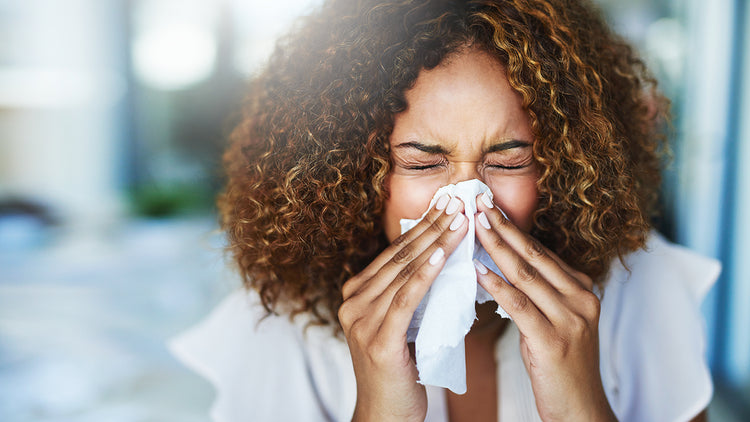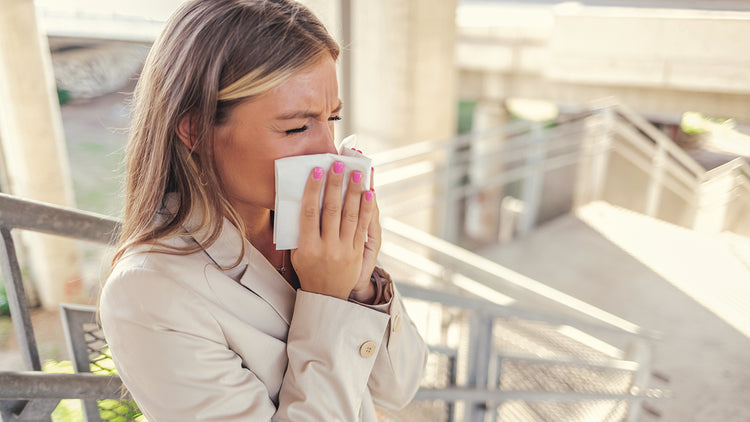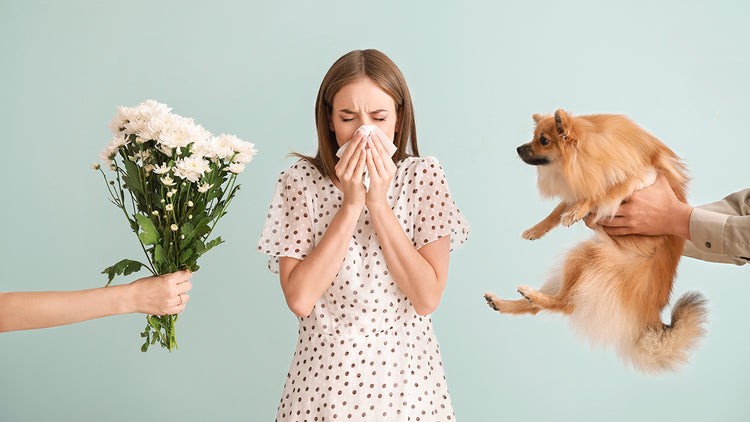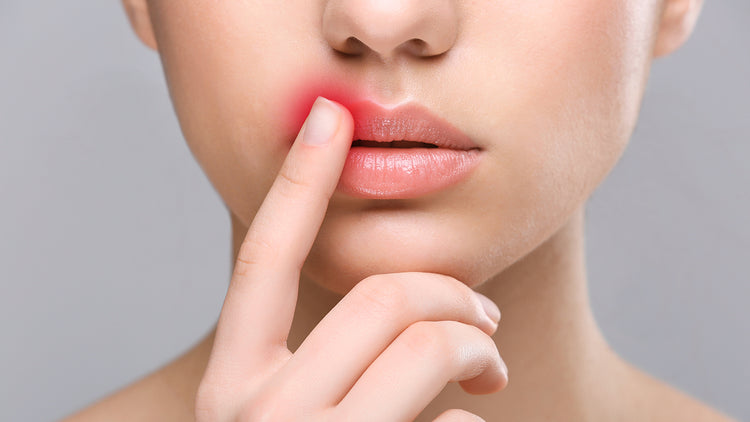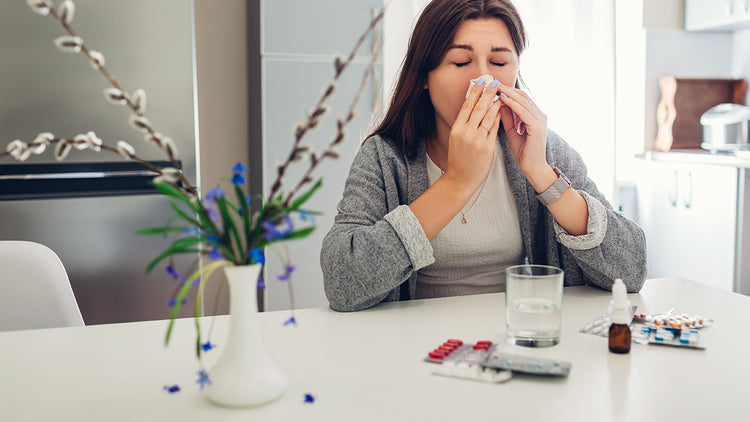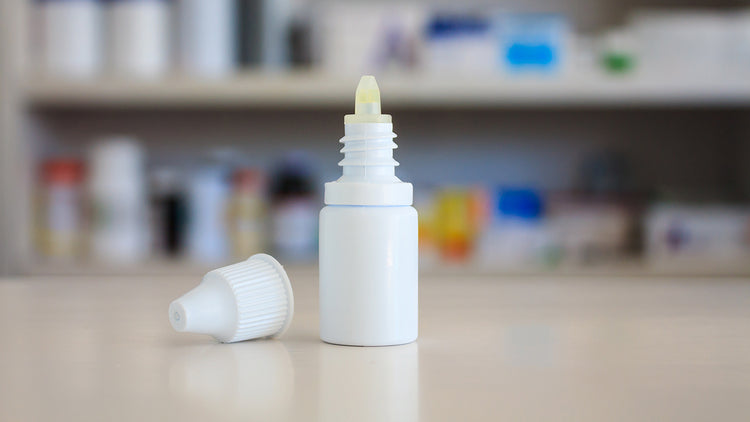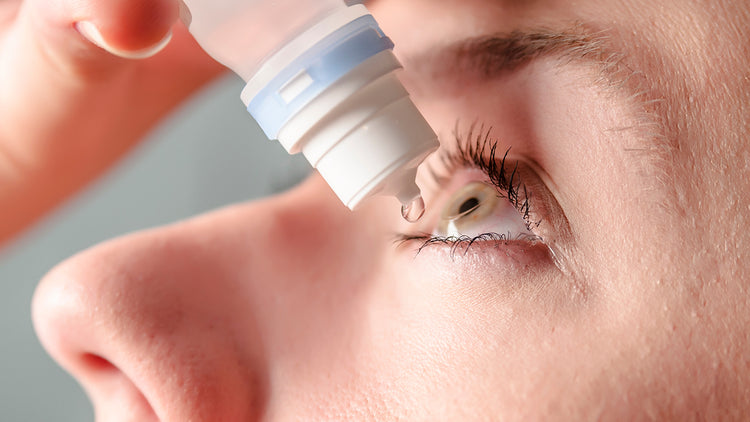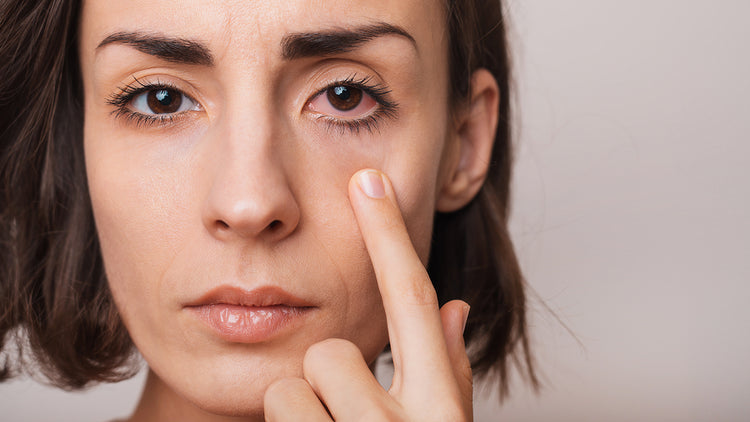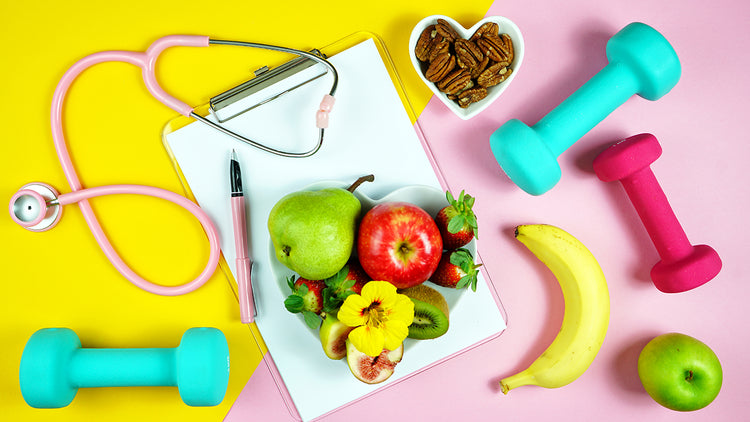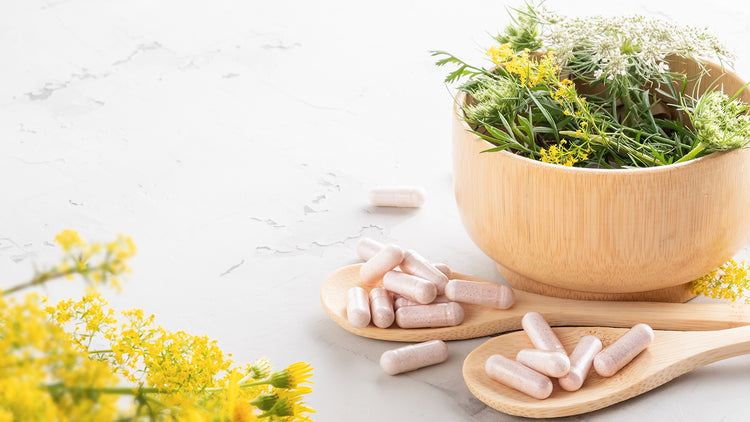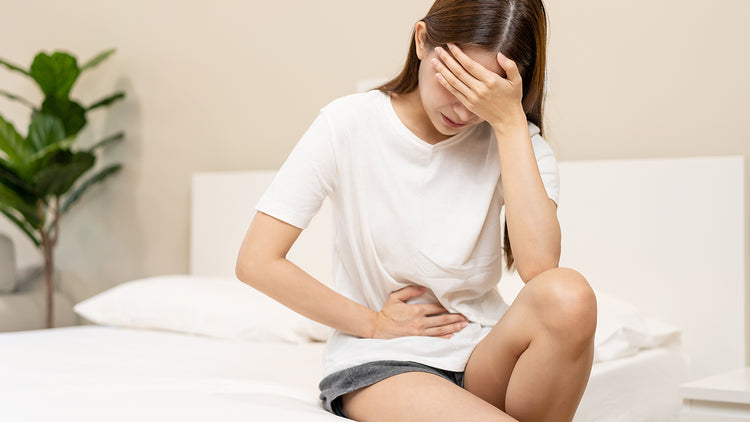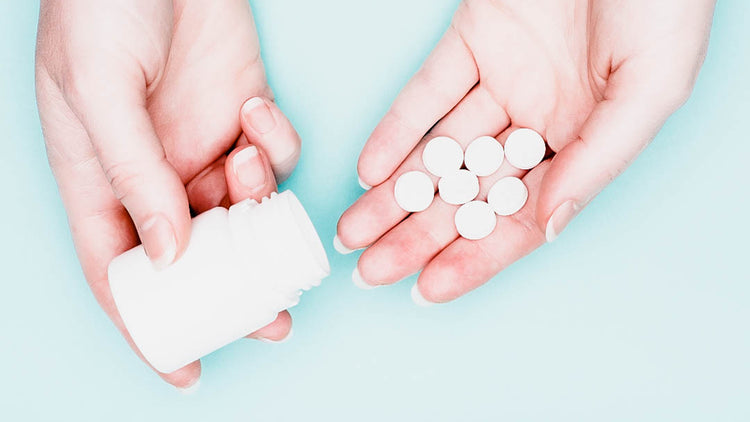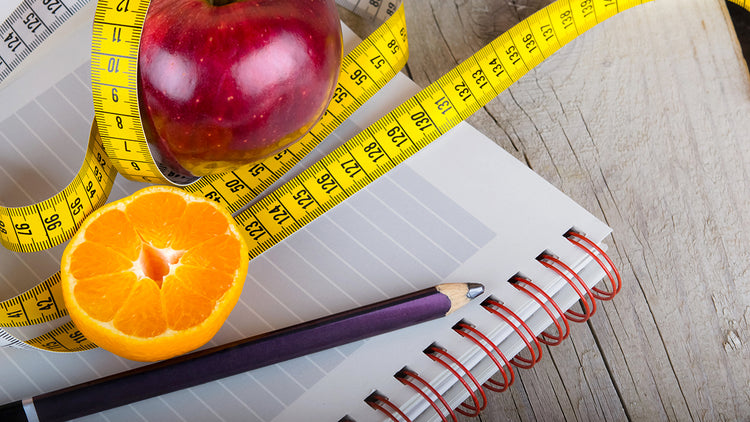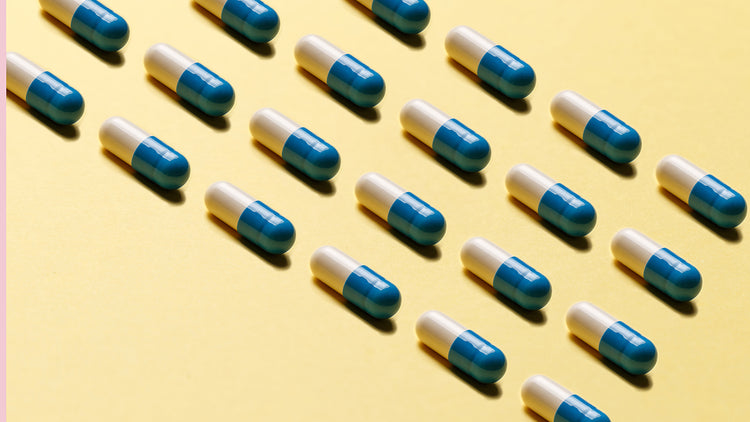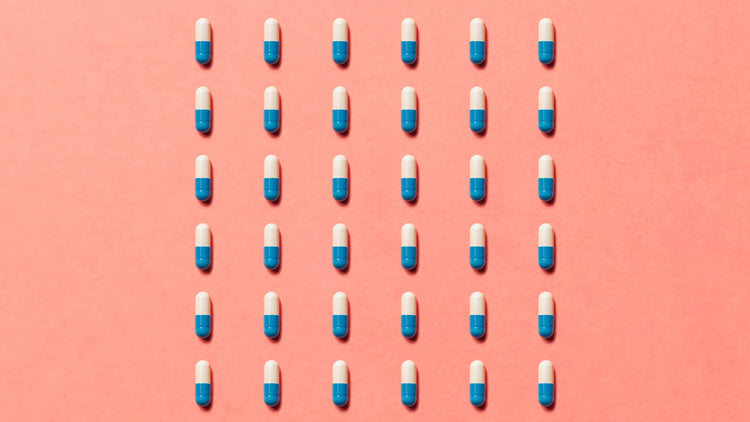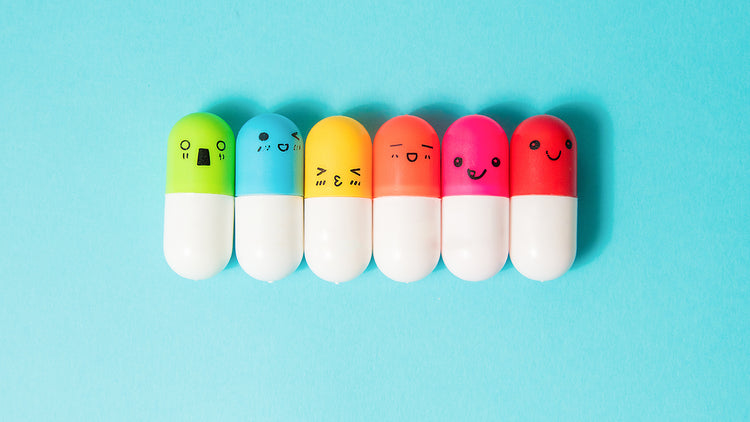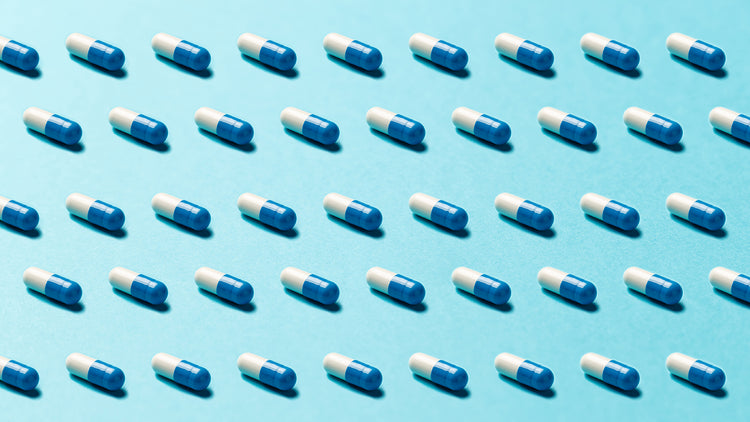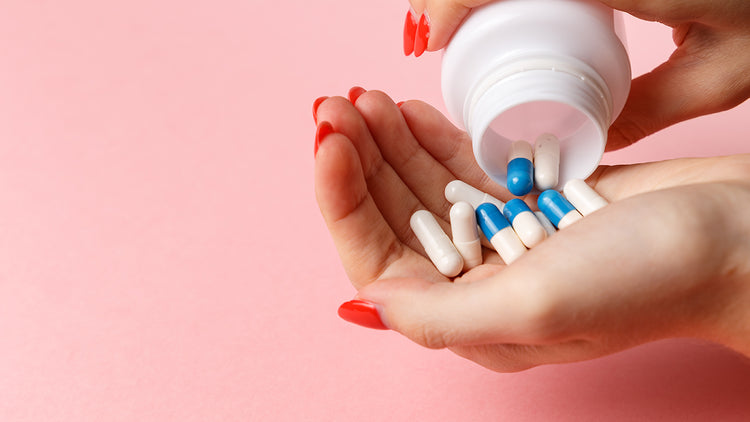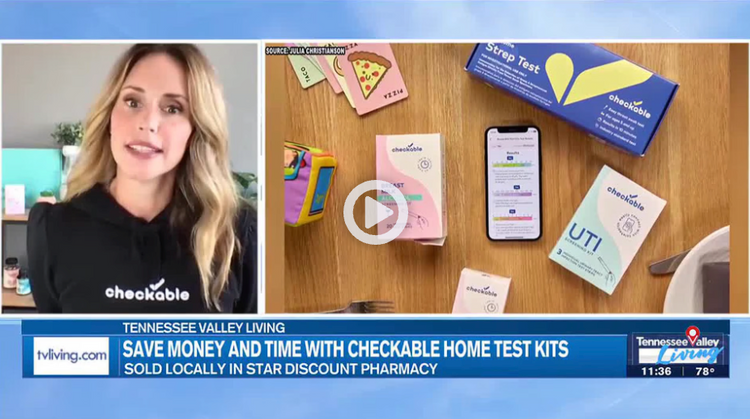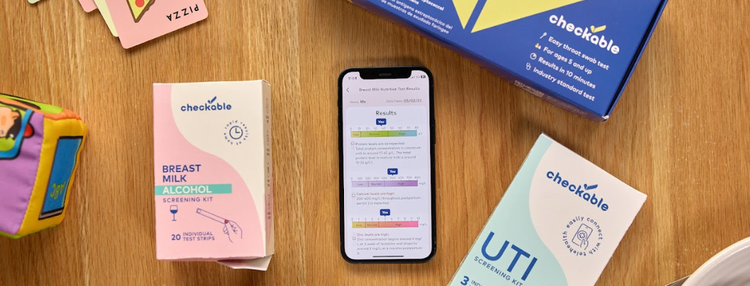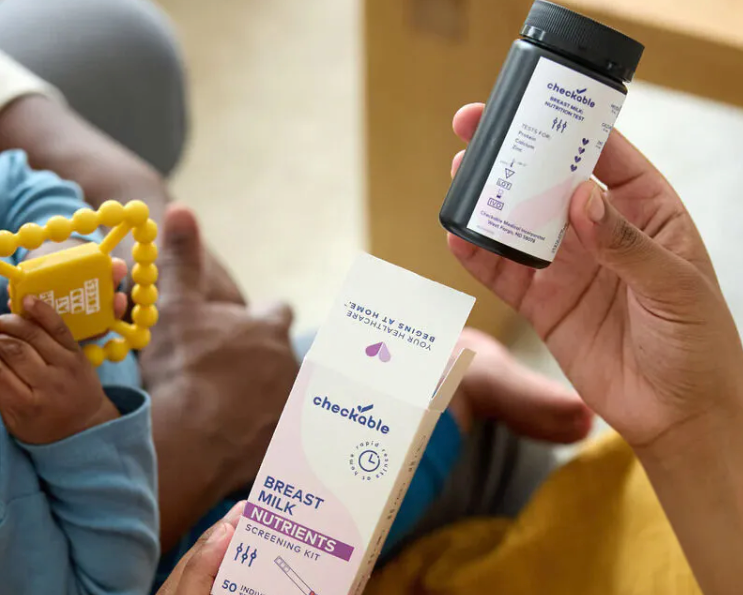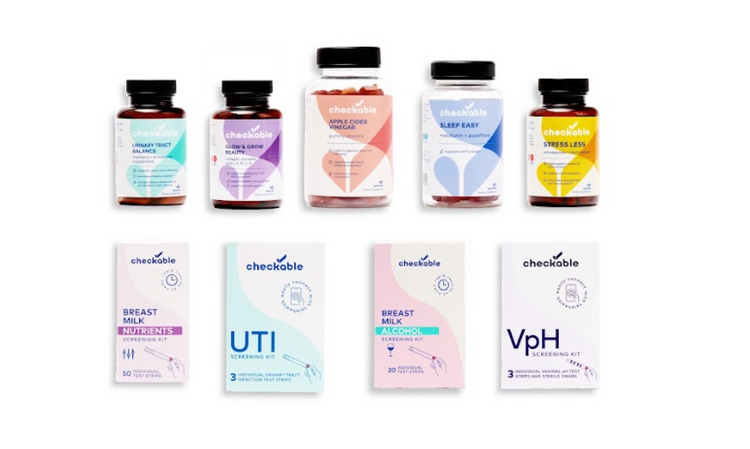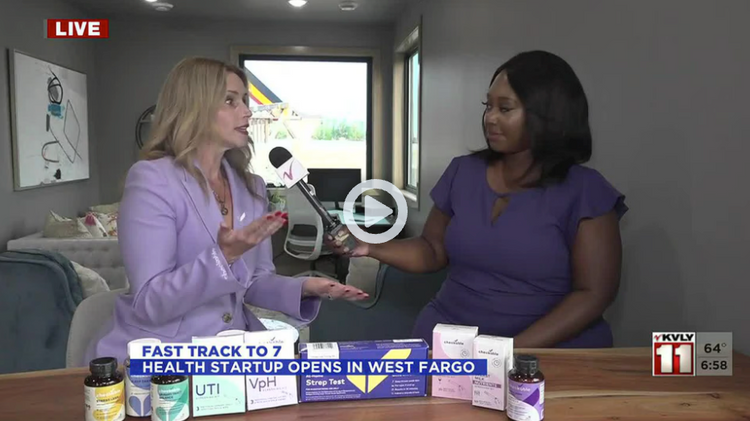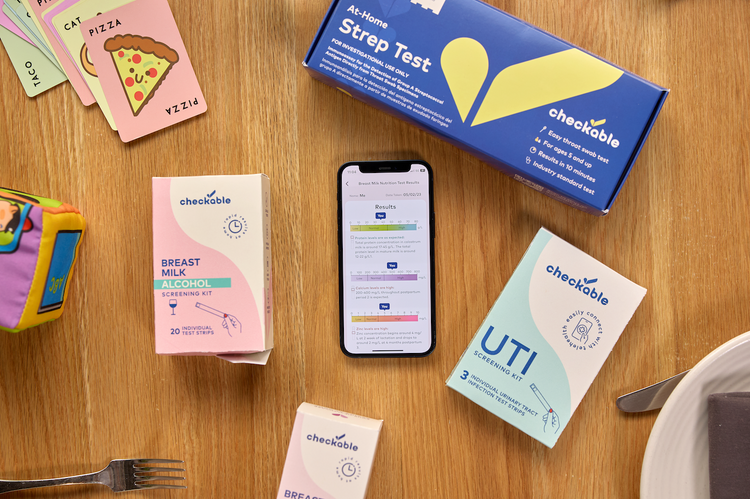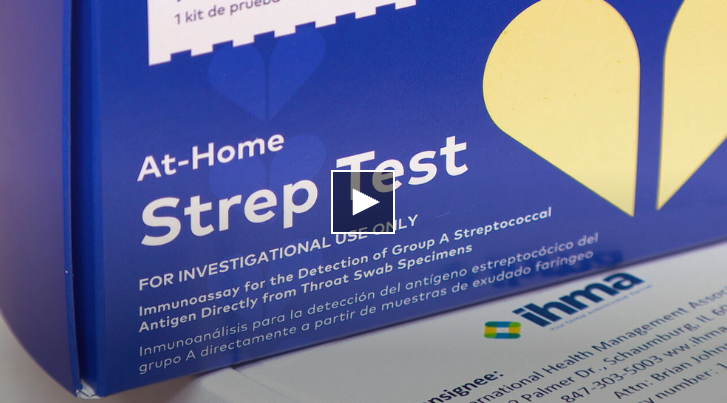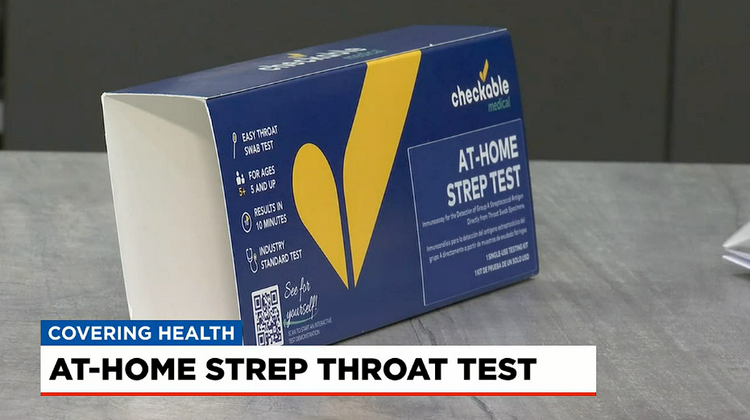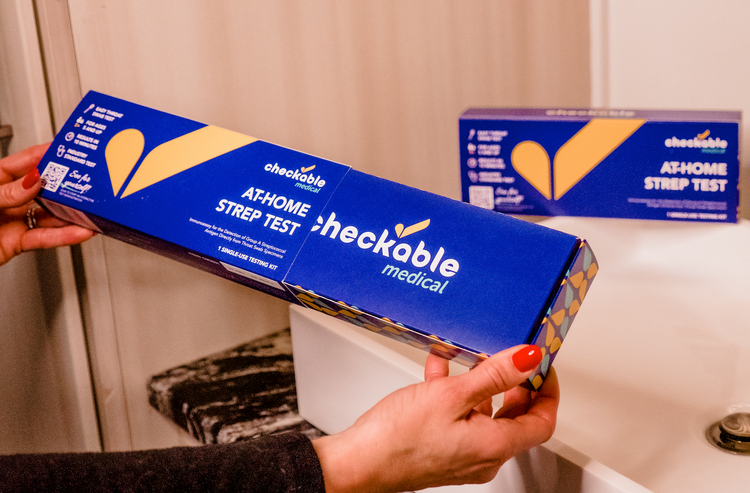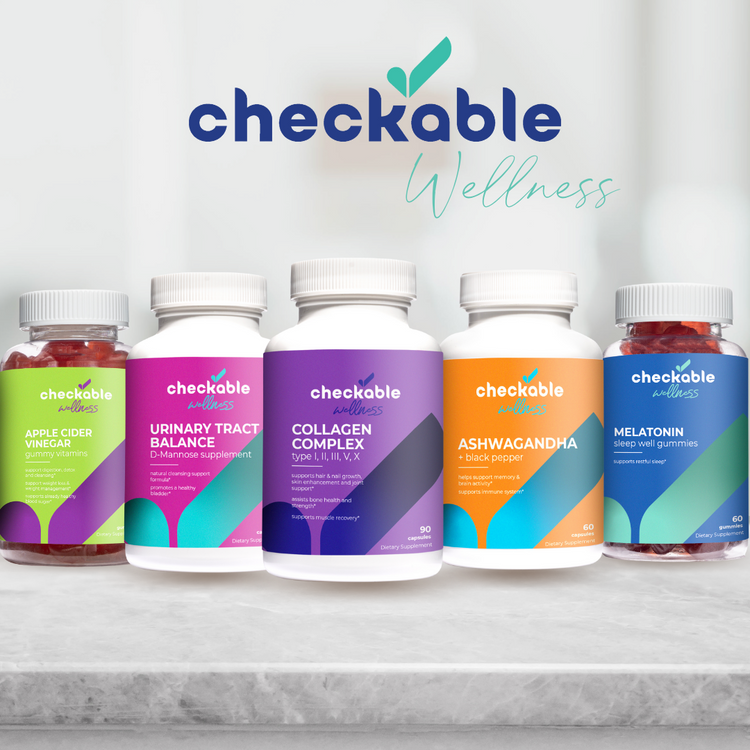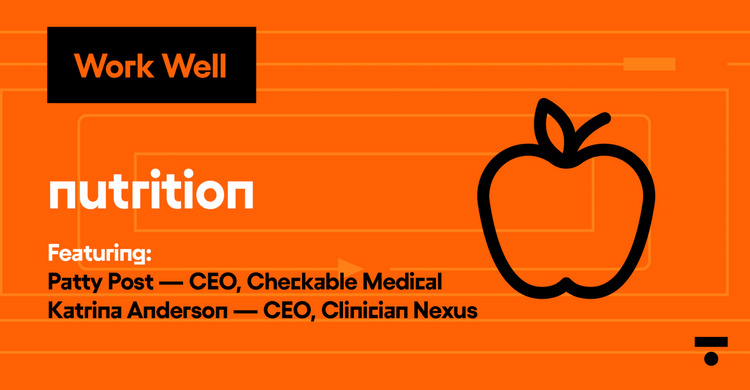
Yes, we're going there. Who knew chemistry class would be helpful in understanding vaginas?
We get it. Talking about your vagina may be uncomfortable for some, but we are here to make you and your vagina live happily together and in harmony. If you've ever experienced any issues "down there," you probably have heard the term vaginal pH. Before we discuss the causes of an imbalance, let's understand what pH levels have to do with our vaginas and how to fix them.
What Exactly Does Vaginal pH Level Mean?
If you remember learning about pH levels in high school chemistry class, then this may sound familiar. pH stands for potential hydrogen and runs on a scale from 0 to 14. The pH level of anything indicates how acidic, neutral, or basic it is. A low pH value of less than 7 is considered acidic. A neutral pH is 7, and a high pH greater than 7 is basic or alkaline.
To put things in perspective, lemon juice has a pH of 2.2, pickles are around 3.5, coffee is 5, pure water is 7, and soapy water is 11. A healthy vaginal pH level falls between 3.8 and 4.5, which is considered acidic. This is good because normal flora (healthy bacteria) in the vagina thrive when the pH level is slightly acidic, according to the latest research. These harmless bacteria found in our bodies, along with vaginal discharge, keep the vagina clean and infection-free. Make sense?
Possible Causes of a Vaginal pH Imbalance?
Ok, now that we learned the basics of what a healthy vagina's pH level should be, let's talk about what can cause the pH level to fluctuate. You will be surprised to learn how many everyday things can disrupt the vagina's ecosystem, making it not feel up to par. When your vaginal pH is off-kilter, you may experience not-so-fresh symptoms like, a fishy odor, itchy vagina, or UTI symptoms. Here are a few common culprits:
- Antibiotics: They are prescribed to kill off the bad bacteria that are causing an infection, but they can wipe out the good bacteria as well, causing yeast infections. To combat this, make sure to eat foods with probiotics, like yogurt, or take a probiotic supplement.
- Your Period: Yup, your monthly flow can screw up your vaginal pH because blood has a pH of 7.4. So, during menstruation, your pH levels can increase to an average of 6.6.
- Feminine Products: Tampons, pads, douche, sprays, or anything of the sort, tend to further disrupt your vaginal pH and encourage bacterial growth.
- Scented Soaps: Any products scented should not be used near your vagina. They typically contain chemicals that kill off lactobacilli, the good bacteria.
- Sex: Yes, this, too, affects your vaginal pH and makes things not so sexy. Not only does your partner's bacteria mix with yours, but semen is another culprit. Semen’s has a pH of 7.1-8.
- Hormonal Fluctuations: As estrogen levels drop during your cycle or menopause, this can lead to a loss in vaginal lactobacilli.
- Lube: Oil-based lubricants like petroleum jelly can remain in the vagina for too long and disrupt the pH. Water-based lubes are recommended, and non-scented or non-flavored.
- Stress: Just like everything else, stress can affect your entire body, from the head to the vagina. Exercise and a healthy diet can help when you are particularly stressed out.
Hopefully, now that you have a better understanding of what vaginal pH balance is and what affects it, so you and your vagina can sing kumbaya. Remember, if you think something isn't quite right down there, grab Checkable's vaginal pH test kit and see where your pH falls. Don't guess, TEST!
Life is too short to sit in a doctor’s office
Sign up for our weekly newsletter and get valuable healthcare tips and tricks in your inbox!
Sign up now and unsubscribe anytime.
- Choosing a selection results in a full page refresh.
- Press the space key then arrow keys to make a selection.







